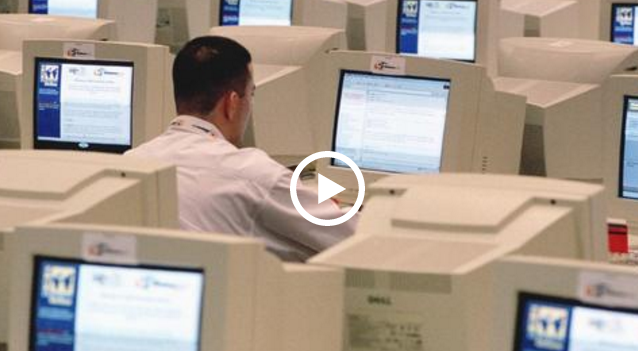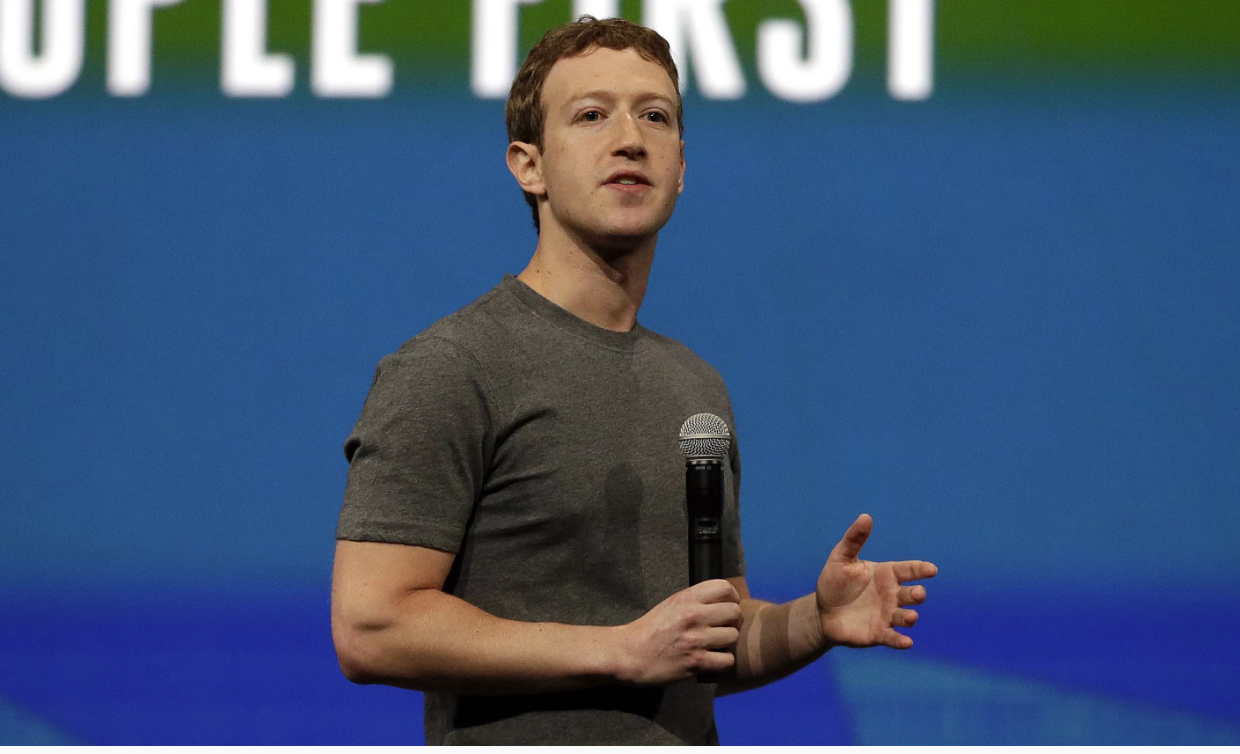Trump has unveiled a budget that would slash or abolish programs that have provided low-income Americans with help on virtually all fronts, including affordable housing, banking, weatherizing homes, job training, paying home heating oil bills, and obtaining legal counsel in civil matters.
During the presidential campaign last year, Trump vowed that the solution to poverty was giving poor people incentives to work. But most of the proposed cuts in his budget target programs designed to help the working poor,as well as those who are jobless, cope.
And many of them carry out their missions by disbursing money to the states, which establish their own criteria.
“This is a budget that pulled the rug out from working families and hurts the very people who President Trump promised to stand up for in rural America and in small towns,” said Melissa Boteach, vice president of the poverty to prosperity program at the Center for American Progress, a liberal think tank in Washington.
The White House budget cuts will fall hardest on the rural and small town communities that Trump won, where one in three people are living paycheck to paycheck — a rate that is 24 percent higher than in urban counties, according to a new analysis by the center.
The budget proposes housing “reforms” that add up to more than $6 billion in cuts while promising to continue assisting the nation’s 4.5 million low-income households. If enacted, the proposed budget would result in the most severe cut to the Department of Housing and Urban Development since the early 1980s, according to the National Low Income Housing Coalition.
It would also eliminate the U.S. Interagency Council on Homelessness, which coordinates the federal response to homelessness across 19 federal agencies.
The administration’s reforms include eliminating funding for a $3 billion Community Development Block Grant program, one of the longest continuously run HUD programs that’s been in existence since 1974.
The program provides cities with money to address a range of community development needs such as affordable housing, rehabilitating homes in neighborhoods hardest hit by foreclosures, and preventing or eliminating slums and community blight. It also provides funding for Meals on Wheels, a national nonprofit that delivers food to homebound seniors.
Robert Rector, a senior fellow who focuses on welfare at the Heritage Foundation, a conservative Washington-based think tank, calls the community block grants a “slush fund for urban government.”
The White House touts its cuts to what the administration characterizes as “a number of lower priority programs” as a way to “promote fiscal responsibility.” In actuality, it guts federal funding for affordable housing and kicks the financial responsibility of those programs to states and local governments.
Gone would be $35 million in funding for well-known programs such as Habitat for Humanity and YouthBuild USA, fair housing planning, and homeless assistance, among other housing help for needy Americans.
Other targets include funding for neighborhood development and a home-buying program through which low-income individuals help build their own homes. Trump also plans to cut the Home Investment Partnership Program, the largest federal grant to state and local governments that is designed to create affordable housing.
“There is no coordinated plan for how to fulfill the same mission. Saying states, local governments and philanthropy are going to help is just passing the buck,” said a HUD official who is not authorized to speak to the media.
The official said workers at the agency Thursday morning were feeling “demoralized” and “worried.”
“This is just a tough, tough time,” the official said. “HUD is no different than any other domestic agency in just feeling as though these cuts are all very arbitrary and unnecessary.”
Poor people need not lean on community banks for financial help, either, because Trump plans to eliminate the $210 million now dedicated toward Community Development Financial Institutions. The program, administered through the Treasury Department, invests in community banks that provide loans and financial services to people living in some of the most distressed communities of the country.
“Cutting that program would be nothing short of a disaster, and the ripple effect would be felt in urban areas and some rural areas all over America,” said Michael A. Grant, president of the National Bankers Association, a lobbying group for black-owned banks.
The administration would also eliminate the Energy Department’s weatherization assistance program, which dates back to 1976 when Gerald Ford was president. Since then, it has provided states with grants that have helped insulate the homes of about 7 million families, using low-cost techniques that have large payoffs, saving money for those families and curtailing U.S. energy consumption. It has also helped establish weatherization job training centers in states such as Utah and New York.
Also on the chopping block: the Low Income Home Energy Assistance Program, known widely by its acronym LIHEAP. This program, part of the Health and Human Services budget, helps homeowners cover monthly energy costs, or repair broken or inefficient furnaces and air conditioners. The program is usually underfunded; LIHEAP says that on average, only about 20 percent of the households that qualify for assistance receive benefits before the money runs out. Congress sometimes adds funding during emergencies or energy shortages when costs spike.
Trump’s proposed budget would eliminate the Community Services Block Grant, a $715 million program within HHS that funds more than 1,000 local anti-poverty organizations around the country. The organizations provide services ranging from job training to food assistance to more than 16 million people in 3,000 counties. The grants also help communities respond quickly to natural disasters, plant closures and other economic shifts.
Without the grants, there would be little coordination between faith groups, local governments, private companies and nonprofits in addressing the needs of the poor — “just a few unconnected programs that don’t have nearly the impact they have now,” said David Bradley, who founded the National Community Action Foundation and wrote the legislation behind the grants in the early ’80s.
Bradley, though, is “absolutely confident” that Congress will reject the proposal.
“This is the work of a radical right that goes hard after anti-poverty programs,” he said.
The Trump budget would also target the Legal Services Corp., an independent agency that provided $343 million to 134 legal aid organizations for the poor who are tangled up in cases of wrongful eviction, custody disputes, child support or domestic violence.
Legal Services was launched as part of President Lyndon B. Johnson’s war on poverty with the support of the American Bar Association led by Lewis F. Powell Jr., who later served on the Supreme Court. President Richard Nixon later created a free-standing corporation to administer legal aid funds.
“Here each day the old, the unemployed, the underprivileged, and the largely forgotten people of our Nation may seek help,” Nixon wrote in a 1971 message to Congress. “Perhaps it is an eviction, a marital conflict, repossession of a car, or misunderstanding over a welfare check — each problem may have a legal solution. These are small claims in the Nation’s eye, but they loom large in the hearts and lives of poor Americans.”
In 2015, Legal Services offices closed 755,774 cases — more than 100 for every lawyer and paralegal employed. About 70 percent of its clients are women, and the majority of its clients are white and between the ages of 36 and 59. The program provides lawyers only to people earning no more than 125 percent of the federal poverty guideline, which is currently $15,075 for an individual and $30,750 for a family of four.
“We have a legal system that was created by lawyers for lawyers and assumes you have a lawyer,” said James J. Sandman, president of Legal Services Corp. “If you’re a tenant facing eviction and you’re up against a landlord who has a lawyer, if you’re the victim of domestic violence from someone who has a lawyer, you are not playing on a level field. Legal aid is about fairness in the justice system.”
Alaska’s rural poor get hit by the budget proposal, too, despite having two Republican senators. The Agriculture budget would eliminate the Denali Commission, designed to deliver services to remote, rural communities in Alaska, including Native Americans. The commission, established in 1998, contributes to the construction of health-care facilities, water and sewer systems, power generation and communication systems.
The budget would also zero out funds to help native Alaskan villages obtain access to clean drinking water and modern sewage systems.
Cuts to the Agriculture budget also eliminate the Appalachian Regional Commission and the Delta Regional Authority that encourage economic growth in distressed rural communities. And while the budget allocates $6.2 billion to “serve all projected participants” in the Special Supplemental Nutrition Program for Women, Infants and Children, that is $150 million less than USDA had budgeted.
The White House proposed shrinking Job Corps, a program administered by the Labor Department that provides education and job training to more than 60,000 young people and disadvantaged youth. The proposal called for closing centers that do a “poor job” of preparing students for the workforce, but did not elaborate on how many of the 125 centers nationwide would be targeted.
Job Corps, which was created in 1965 as part of President Johnson’s anti-poverty agenda, helps young adults between the ages of 16 and 24 earn high school diplomas and receive vocational training.
The program faced scrutiny several years ago for going over budget and has been forced to freeze enrollment multiple times since 2011 because of the monetary shortfalls. In 2013, a report from the Office of Inspector General found that the budgetary missteps were caused by inaccurate cost estimates and inconsistent monitoring of actual costs. But since then, the program has taken several steps to keep better track of costs and payments.
The Trump administration would also ax the Senior Community Service Employment Program, which aims to help low-income job seekers age 55 and up find work by pairing them with nonprofit organizations and public agencies. The loss of the program could serve as another setback for older Americans who are still struggling to find steady work after the Great Recession.
The unemployment rate for workers 55-plus was 3.4 percent in February, according to the most recent jobs report. But the rate rises to 7.1 percent if workers with part-time jobs who want to be working full time, and those who have given up on the job search within the past year, are included, according the Schwartz Center for Economic Policy Analysis at the New School.
The goal of the senior employment program is to help participants find permanent work by providing them with training and job experience. Workers are assigned part-time jobs and paid the minimum wage, with the hope that the experience can help them find jobs that are not subsidized by the government. In its budget proposal, the Trump administration called the approach “ineffective” because up to one-third of participants do not complete the program. Of those who do finish, about half succeed in finding more permanent jobs.
First seen on Washington Post











































